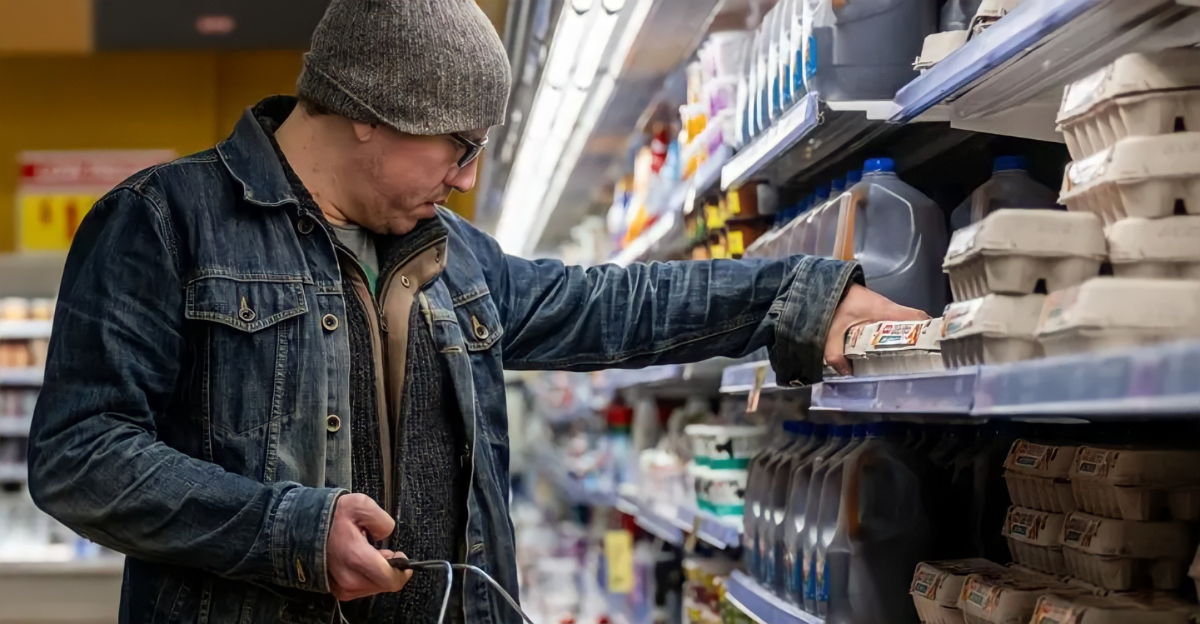
Shopping for groceries is a weekly necessity, but some of the items you add to your cart are costing you way more than you realize. From pre-cut fruit to name-brand cereals and single-serve coffee pods, many of the more convenient options or trendy products come with large markups that add up over time.
While these items might save you a bit of time in the kitchen, they are quietly draining your wallet and sometimes even harming the environment. But which items should you be avoiding in the grocery store? Well, let’s take a look at ten overpriced grocery items that are draining your wallet.
1. Pre-Cut Fruit: Convenience at a Cost
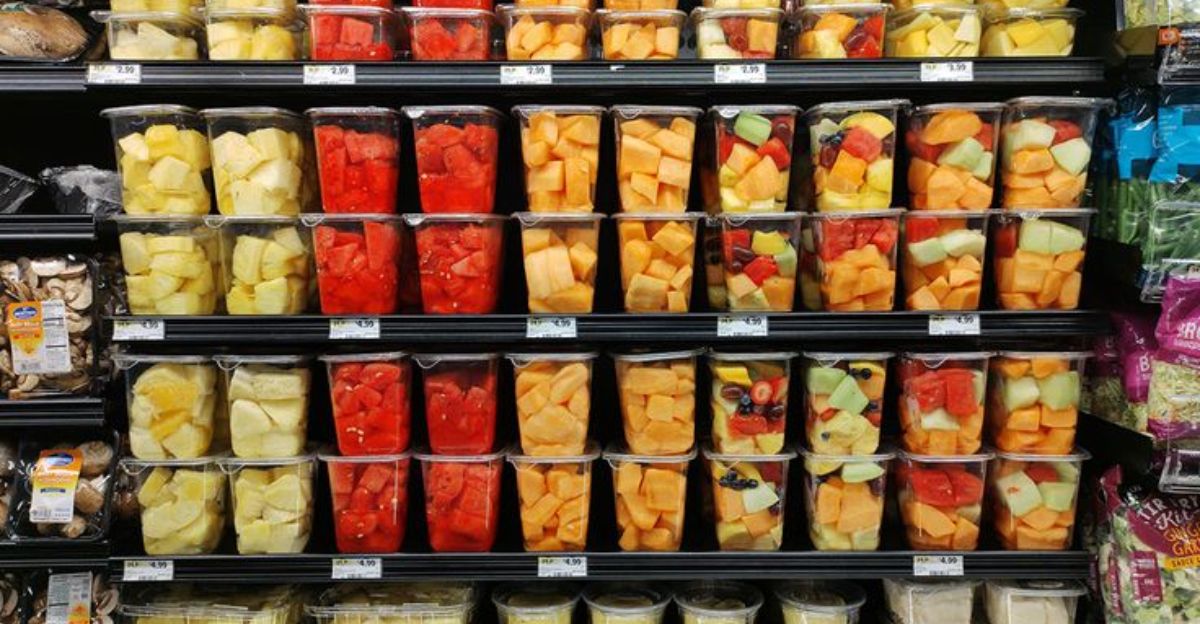
It’s always tempting to grab one of those tubs of ready-to-eat fruit, especially when you are in a rush. However, when it comes to these containers, you are paying a hefty premium for convenience.
Pre-cut fruit can often cost two or three times more than whole produce, meaning that you are spending way more for way less. Buying these items also contributes to extra packaging waste. Next time, consider buying whole fruit and slicing it yourself; it’s fresher, cheaper, and just as easy.
2. Name-Brand Cereal: The Breakfast Budget Buster
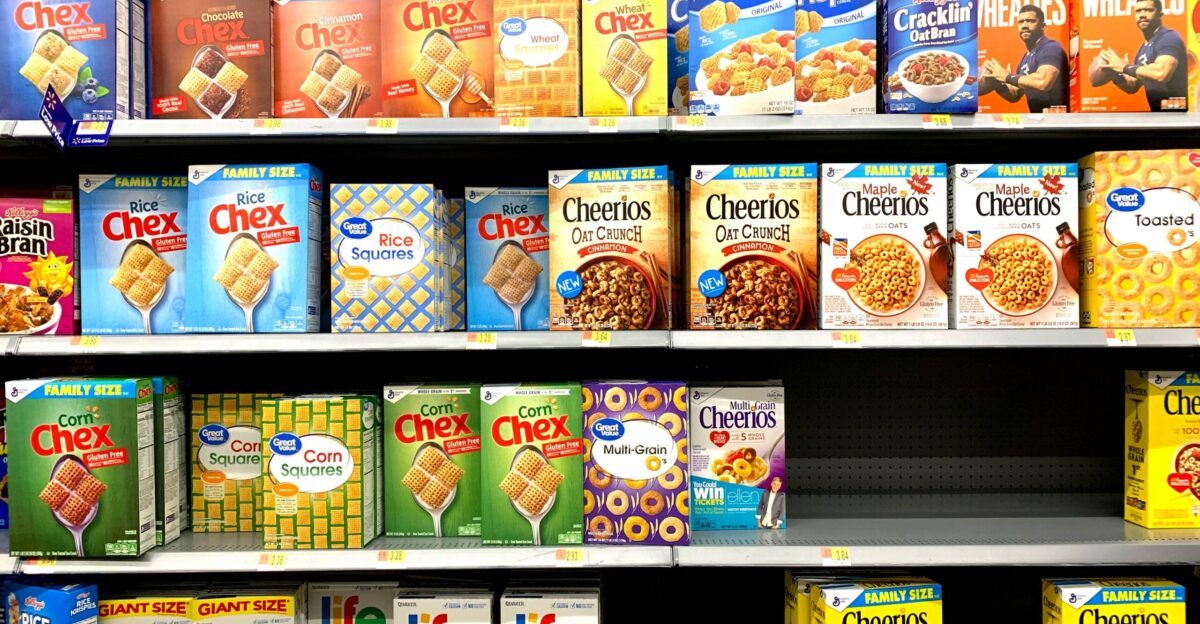
Though the colorful boxes of cereal might look nicer, name brands usually cost double what store brands do. In reality, the ingredients are almost identical, and you are actually just paying more for marketing and packaging.
With time, this small difference adds up, quietly draining your grocery budget. If you decide to switch to generic versions, you probably won’t even taste the difference.
3. Bottled Water: The Ultimate Markup

Buying a bunch of bottled water might seem like a harmless splurge, but it’s actually one of the most overpriced items in grocery stores. A lot of the time, it’s actually just filtered tap water that is sold at a massive markup.
On top of that, the environmental cost of all those plastic bottles is staggering. That’s why it’s better to invest in a reusable water bottle and a home filter. They can help you save hundreds each year and help the planet, too.
4. Pre-Shredded Cheese: Paying for Processing
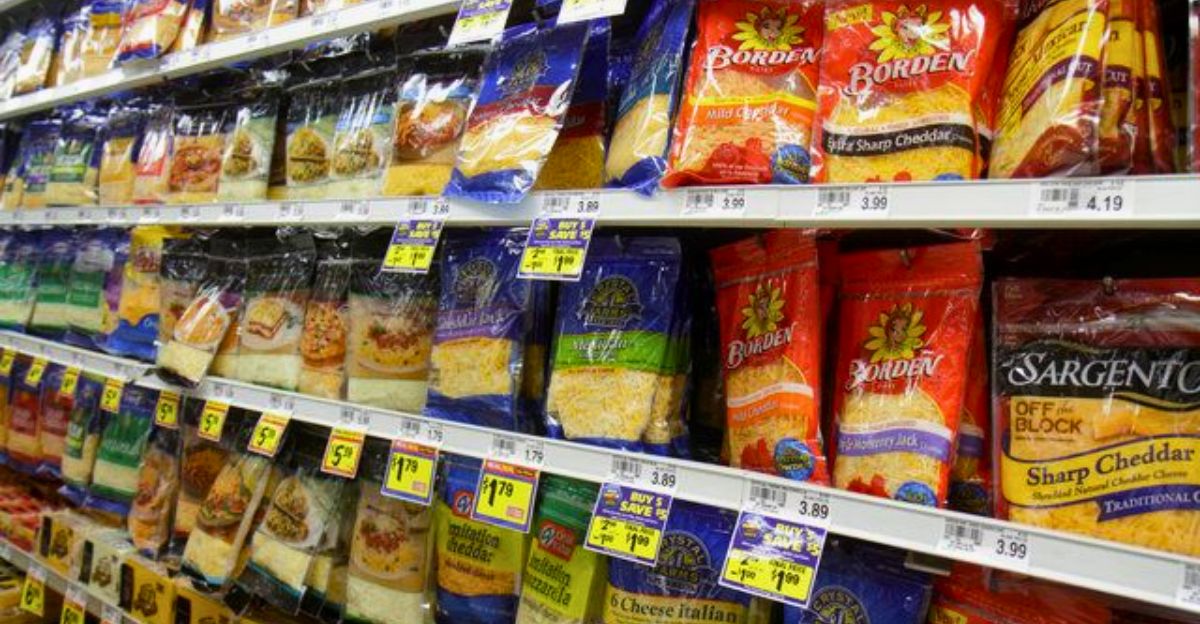
Though shredded cheese might be convenient, you are paying extra for processing and additives like anti-caking agents. Per ounce, this cheese is way more expensive than normal block cheese.
You also lose some of the cheese’s natural flavor and texture when buying shredded cheese. Grating your own cheese at home takes only a few minutes, and you are left with better-tasting cheese at a lower cost.
5. Organic Snack Foods: The Healthy Halo Effect
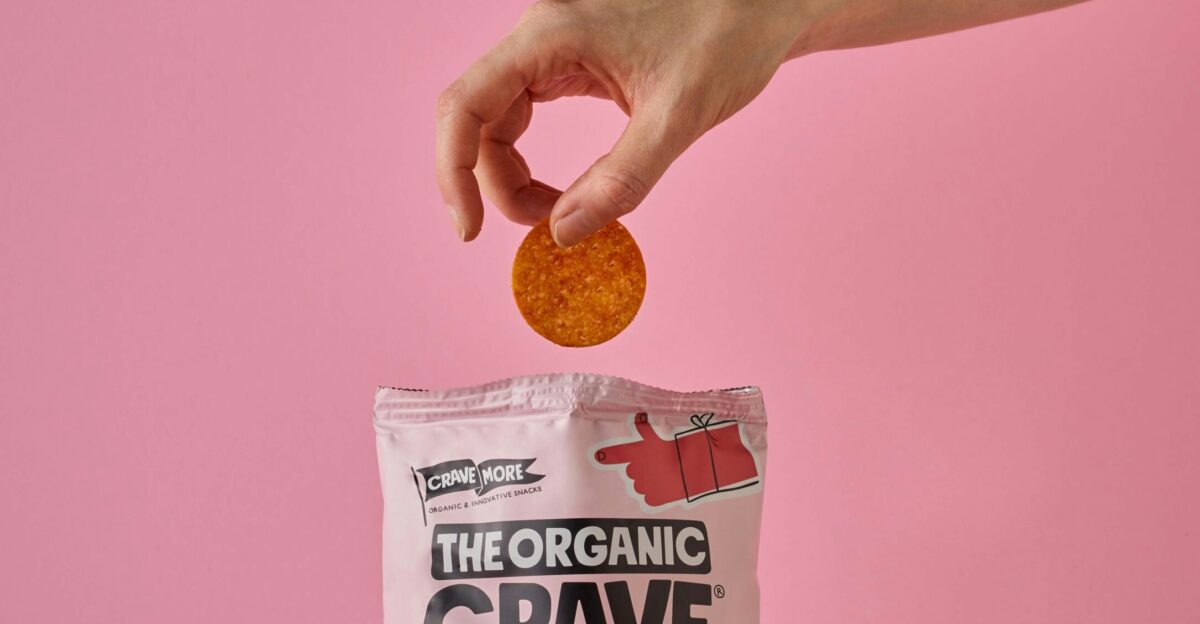
A lot of the time, organic chips and cheese sound like a better, healthier choice, but a lot of the time, they are just as processed as normal snacks and way more expensive.
“Organic” labels trick a lot of shoppers into paying double for minimal nutritional benefits. If you really want to eat healthier, you should rather focus on whole fruits and vegetables instead of falling for the organic snack trap.
6. Single-Serve Coffee Pods: Pricey Per Cup

Yes, your convenient coffee pods might feel like a lifesaver in the morning, but they come at a steep price per cup. When you compare these pods to ground coffee or beans, you will find that pods can sometimes cost up to five times more.
On top of that, the plastic waste adds up very quickly. Switching to a traditional coffee maker or French press can save you money and reduce your environmental impact.
7. Pre-Made Salads: Freshness for a Fee
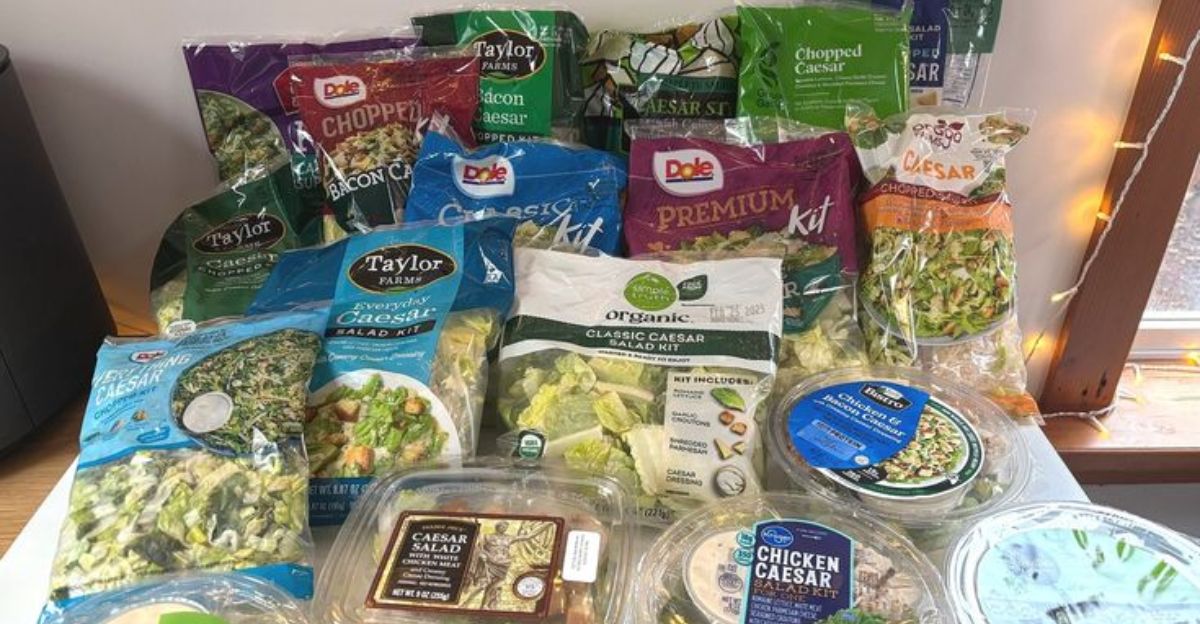
A bagged salad or salad kit sounds like a nice, quick meal, but you are paying way more for packaging and convenience. The greens inside these salads are often less fresh than whole produce, and the included toppings are usually minimal.
Making your own salad at home is way more affordable, and it also lets you control the freshness and ingredients.
8. Spice Mixes: Paying for Simplicity
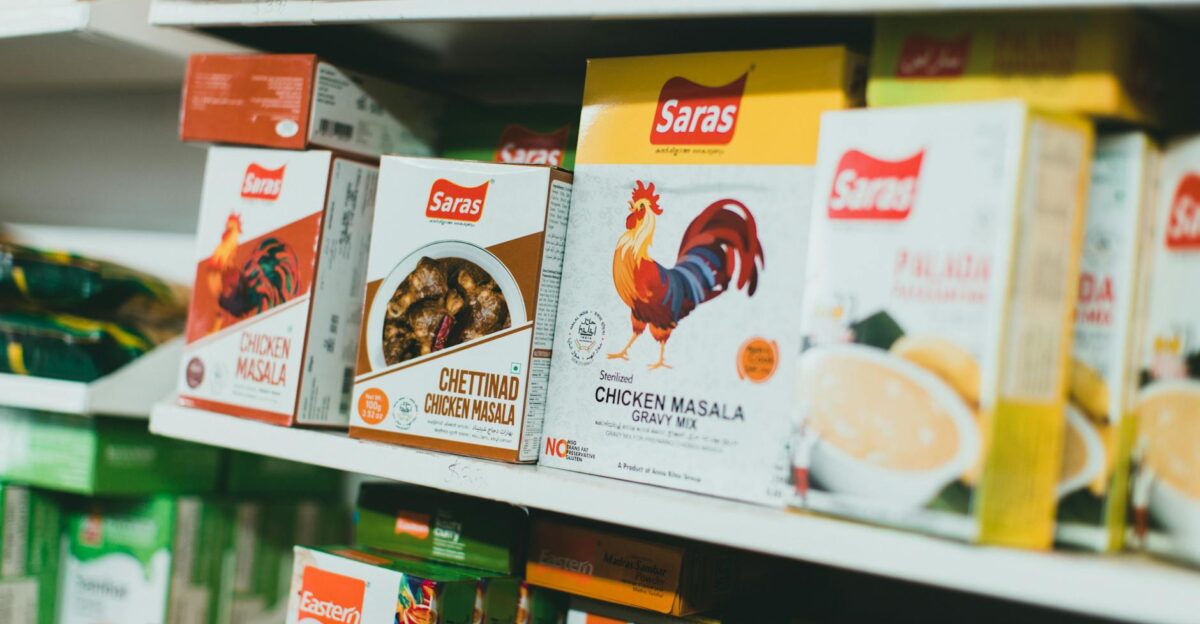
Pre-mixed spice blends can be really handy when you’re cooking a complex meal, but they are surprisingly expensive per ounce. Most of these blends use spices that you probably already have at home.
By mixing your own spices at home, you can save a lot of money and even create better-tasting mixes. This is a simple switch that can make a noticeable difference in your grocery bill over time.
9. Gluten-Free Packaged Foods: Special Diet, Special Price
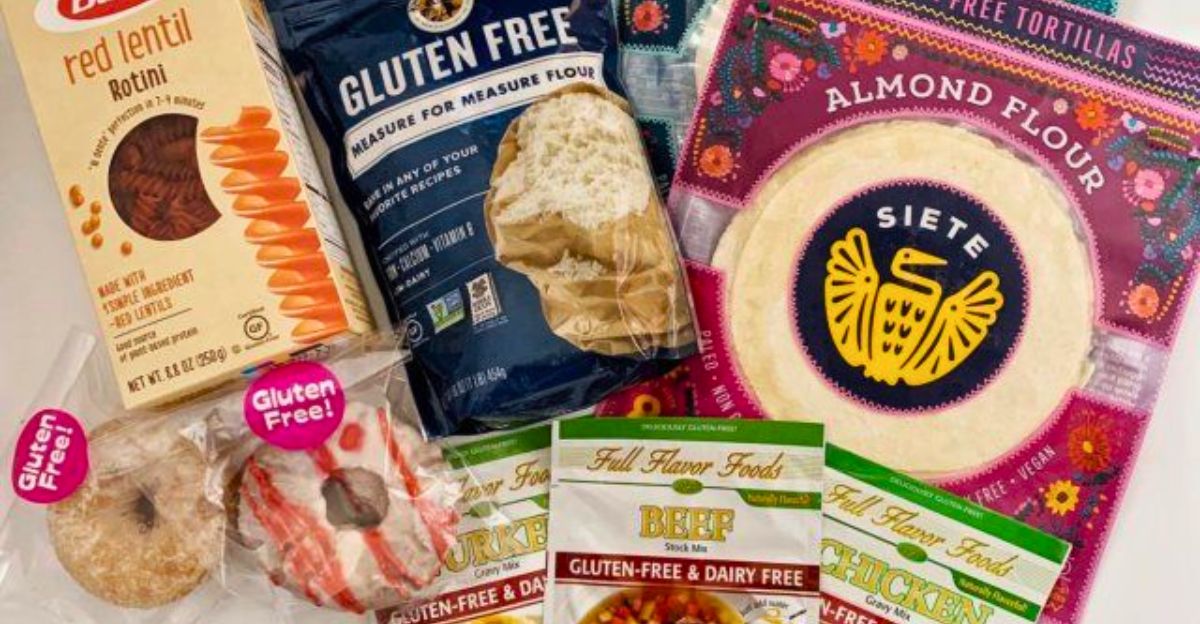
A lot of the gluten-free breads, crackers, and snacks that you find in the grocery store are often double the price of regular options. Unless you have a medical need to buy these items, these products hardly offer better nutrition.
The high price comes from specialty ingredients and smaller production runs. If you don’t really have to avoid gluten, then it is better to stick to standard products.
10. Frozen Smoothie Packs: Cold Convenience, Hot Price
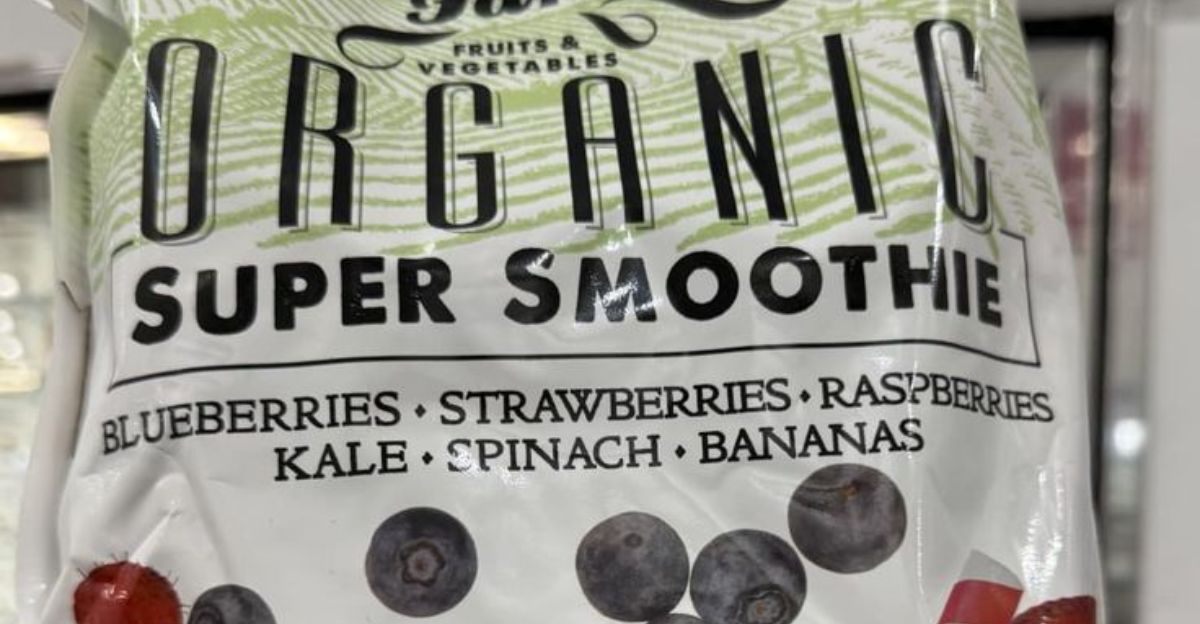
Pre-portioned smoothie packs might seem like a healthy shortcut, but you are actually paying a lot more for packaging and portioning. Frozen fruit and vegetables are much cheaper when you buy them in bulk, and you can buy way more at a time.
Making your own homemade smoothie packs is easy and more affordable, and it allows you to control exactly what goes into your morning blend.
